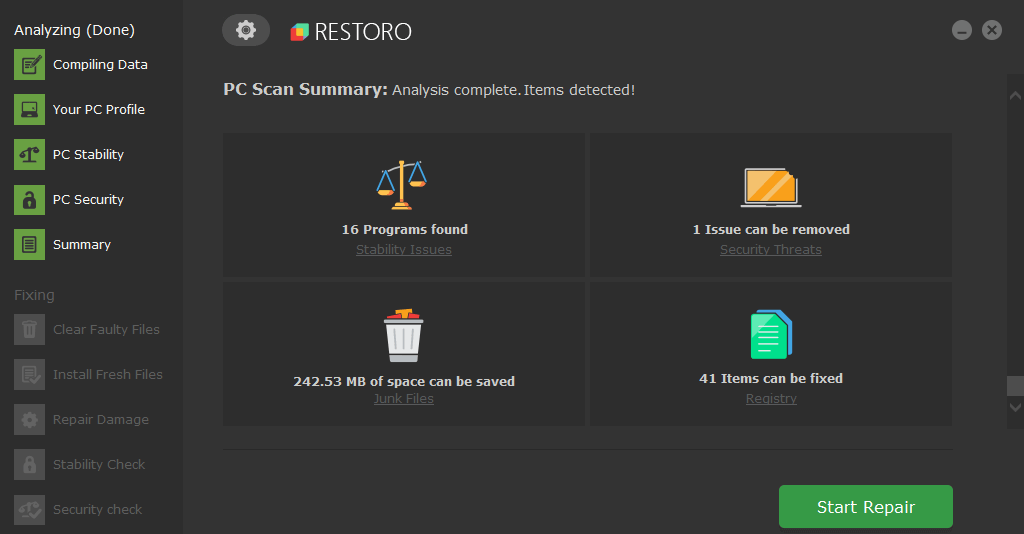We previously discussed that COM Interop does not function in .NET Core 1.0. What about .NET Core 2.0? The answer is YES… with limitations.
Jul 05, 2021 The Case of Missing DLL files on Windows 10: Now we take up the issue of missing DLL files in Windows 10 which has been tormenting for a lot of users. Before we head to the solution of missing DLL files, it is important to know that Windows 10 is very different in its functioning from its variants, and therefore, one can come across quite a few. Windows 95/98/Me - C: Windows System Windows NT/2000 - C: WINNT System32 Windows XP, Vista, 7, 10 - C: Windows System32 If you use a 64-bit version of Windows, you should also copy engine.dll to C: Windows SysWOW64 Make a backup copy of the original files Overwrite any existing files Reboot your computer. If the problem still occurs, try the.
The first and most obvious is that COM Interop only works with Windows, not other platforms.
Windows 10 Update
The second limitation is that the .NET Core implementation does not include IDispatch, which means that late binding is not supported. Almost 10 years ago, Microsoft introduced the dynamic keyword in C# 4.0, which made late binding with COM and other platforms much easier.
The above code will function in .NET Framework, but in .NET Core 2.0, an exception occurs:
‘System.__ComObject’ does not contain a definition for ‘Visible’
If you look in Task Manager, you’ll see that Excel.exe has indeed started, but the object members cannot be access directly without IDispatch. To work around this, you can use interop techniques that pre-date the dynamic keyword.
Interop assemblies are wrappers that enable .NET Core to interact with COM objects using early binding. Microsoft provides interop assemblies for Office automation on NuGet and elsewhere. Once the assemblies are installed, this code will work:

Aside: For web applications, Office automation is not recommended. Check out the Open XML SDK.
What about your own COM objects? .NET Core projects do not provide a means to reference them directly. However, you can create a .NET Framework 4.x project and add a reference to the COM object. This will create an Interop.MyCOMObject.dll assembly in the obj/Debug folder, which you can then reference directly in the .NET Core project.
A COM object may return other objects that are not part of the type library, and early binding is not an option. This happens often in my Visual FoxPro interop code. You can use reflection to access the object members.
The dynamic keyword makes for more natural code, but you can make reflection less cumbersome than above with your own wrapper methods.
For the adventurous, the Powershell teamhas created their own implementation of IDispatch. I don’t know how reusable this implementation is, but it may be worth a look.



If you’re using in-process (DLL) COM servers, be aware of 32-bit vs 64-bit issues. For web applications, take a look a Rick Strahl’s post on STA components. I don’t know if these techniques are available in .NET Core. In my experience, these issues do not apply with out-of-process (EXE) COM servers, but your mileage may vary.
Lastly, keep in mind that ASP.NET Core 2.0 continues to run on .NET Framework 4.x, in addition to .NET Core. If you’re already restricted to Windows, there aren’t many reasons to prefer .NET Core over the full framework (yet), so it remains the best option for COM Interop. That said, it’s good to know these possibilities exist with .NET Core.

Microsoft has been choosy about what they bring over to .NET Core. Over time, they have been finding their way towards more parity with .NET Framework. It was recently announced that WinForms/WPF will be coming to .NET Core 3.0. They may find that a lot of existing code relies on late binding. I would not be surprised if IDispatch makes a comeback.
Errors related to object.dll can arise for a few different different reasons. For instance, a faulty application, object.dll has been deleted or misplaced, corrupted by malicious software present on your PC or a damaged Windows registry.
The most commonly occurring error messages are:
- The program can't start because object.dll is missing from your computer. Try reinstalling the program to fix this problem.
- There was a problem starting object.dll. The specified module could not be found.
- Error loading object.dll. The specified module could not be found.
- The code execution cannot proceed because object.dll was not found. Reinstalling the program may fix this problem.
- object.dll is either not designed to run on Windows or it contains an error. Try installing the program again using the original installation media or contact your system administrator or the software vender for support.
In the vast majority of cases, the solution is to properly reinstall object.dll on your PC, to the Windows system folder. Alternatively, some programs, notably PC games, require that the DLL file is placed in the game/application installation folder.
Mycomobject.dll Windows 10 Free
For detailed installation instructions, see our FAQ.
Comments are closed.